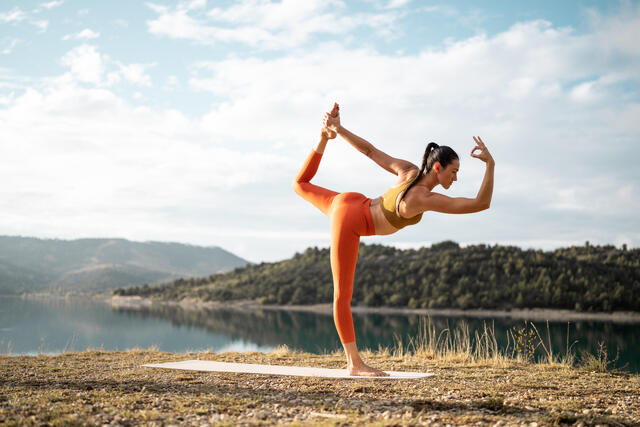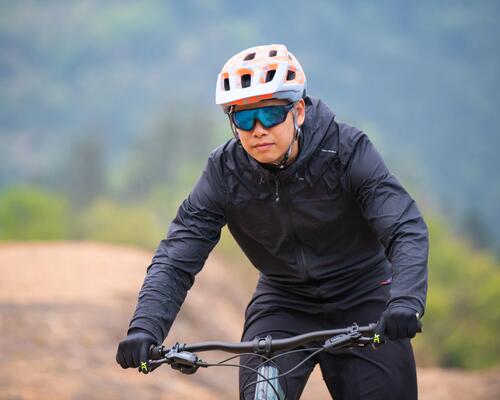Choosing the Right Shoe Size
Again, if you want to stay comfortable while running and avoid blisters, you may want to purchase the correct running socks. They’re also great for wicking moisture, which will both help keep your feet, skin, and running shoes in good condition. Many running experts believe that purchasing a good pair of shoes and then not buying appropriate socks can cause long term damage to them. When shopping for running socks, look for ones made of either synthetic fibres or merino wool. They may also include cushioning thickness at the toe and the heel, mesh ventilation which allows the sock to breathe, arch support if you need it, and also separated or seamless toes. Running socks can also include two layers to help with avoiding blisters and some level of compression, which can aid circulation. Click here for Decathlon’s running sock range.
It may feel like there’s a lot to remember when it comes to choosing running shoes. In a way, that’s correct, but like running itself, as soon as you get going, it will all start to fall into place. Remember that not one type of running shoe fits every person and every single kind of situation, but by knowing the type of thing you are looking for, you should be on the right track (or road or muddy terrain).




















